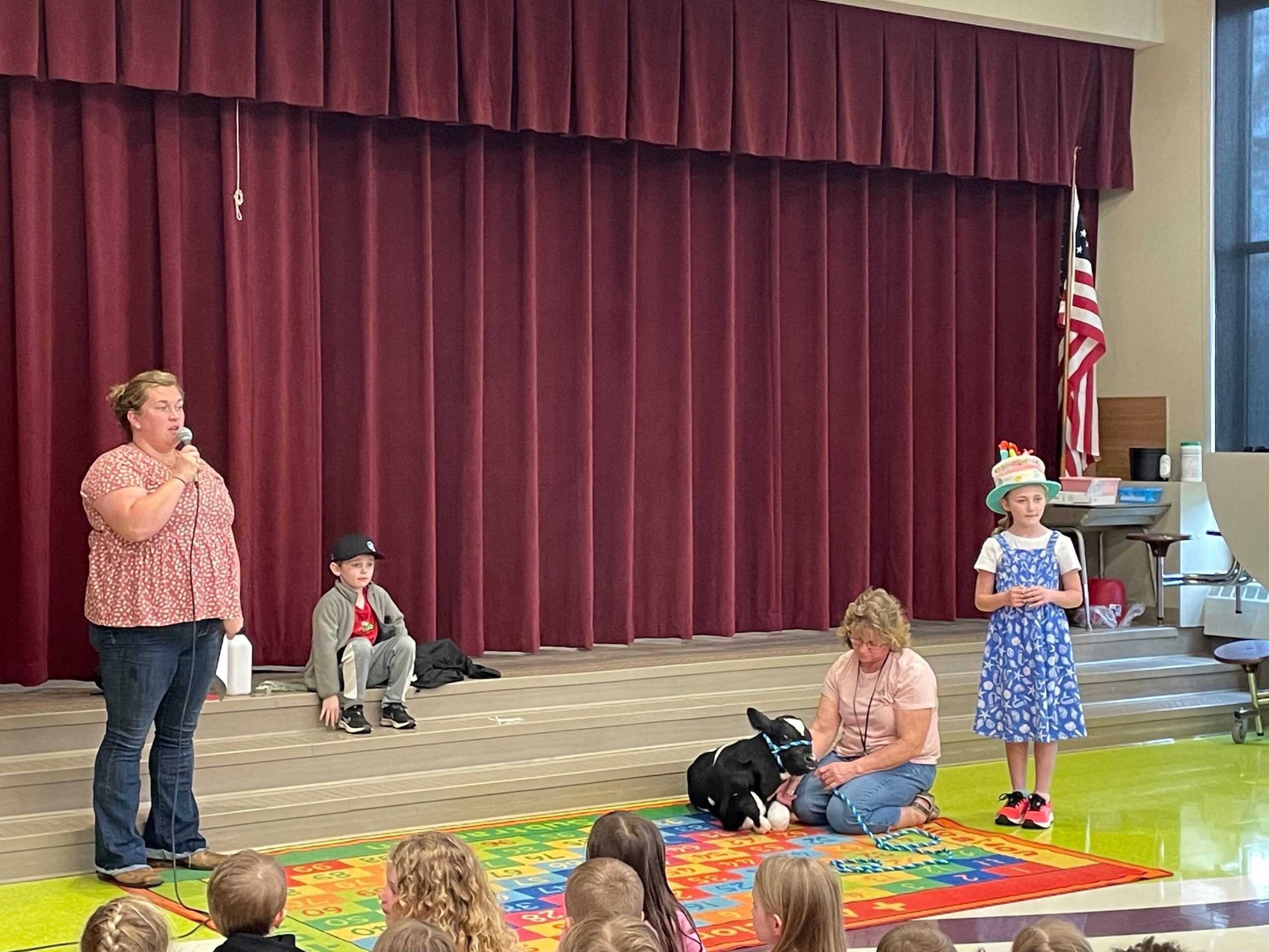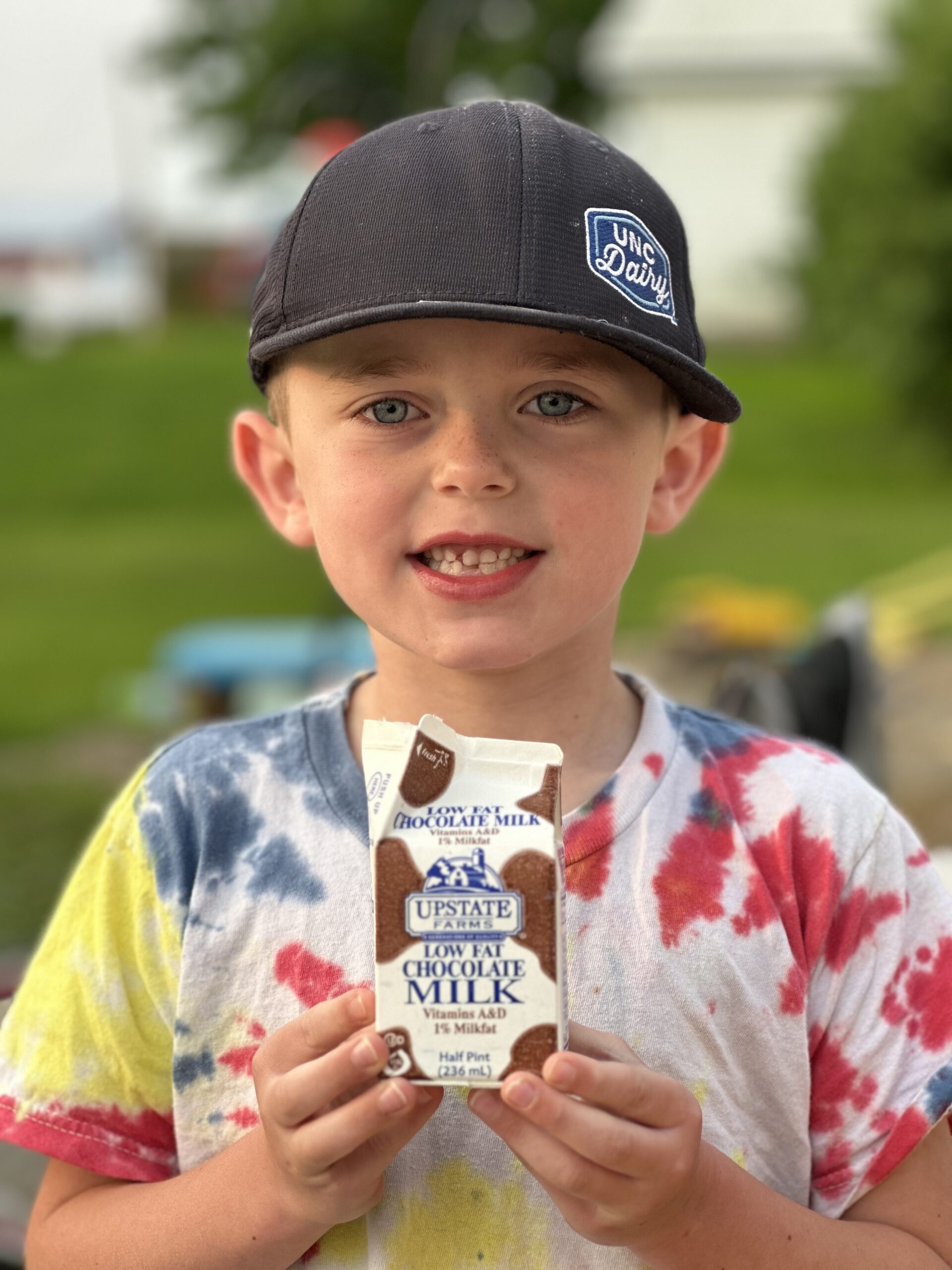- About
- Key Issues
Labor & Rural Policy
Sustainability
Animal Health
Nutrition & Food Safety
Labeling & Standards
- Programs & Resources
- Advocacy
- News
- Membership
- Events
- Stay Informed
- Contact
Richmond Farms Dairy
North Collins, NY

Milk is an important part of Magdalene Gerst’s daily routine, whether it’s milking cows on her family’s farm or feeding milk, cheese, and yogurt to her three young children. Gerst is a 7th generation dairy farmer at Richmond Farms Dairy in North Collins, NY, where she farms with her husband, her dad and her uncle.
Milk is also important to Gerst’s involvement in her community, specifically with school outreach. Working with her cooperative, Upstate Niagara, Gerst provided whole and 2% chocolate milk to Grover L. Priess Primary School, in Eden, NY, where her kids attend school, for a re-fuel after their annual Fun Run. It’s one of several ways she reaches out to her community through milk.
“I thought it was the perfect opportunity to merge our industry with the role milk plays in a healthy diet, especially for students,” she said. “The school was incredibly supportive, and it was rewarding to see the kids enjoying milk after the run.”
Gerst said she takes any opportunity to connect agriculture to the classroom. She’s provided farm tours, brought a calf to school, and served as a pen pal for a second grader to learn more about life on a dairy farm.
“Many of these students are removed from agriculture, so seeing their excitement when they learn about where their milk comes from is rewarding, knowing that kids will go home and talk about what they have learned with their parents and friends,” she said. “We have a great story to tell, and we can make a big difference by telling it.”
While local events can affect the nearby community, Gerst is also focused on change at the national level. She’s particularly excited about the Whole Milk for Healthy Kids Act, which would provide schools with the choice to serve whole and 2% unflavored and flavored milk in addition to the low-fat and fat-free varieties currently served in schools. Gerst is an NMPF dairy advocate on this issue — anyone who would like to stay engaged on key NMPF issues can sign up for email alerts here.

“When I go into schools, even kindergarteners can recognize whole milk as the ‘tasty milk’ they are used to at home,” she said. “At school, they only have fat free and 1% milk as options with their lunch, so hearing the student’s excitement about drinking milk was fulfilling.”
Milk is critical for child nutrition, which has 13 essential nutrients needed for body and brain development. Milk is the top source of nine of these nutrients for children ages 2 to 18.
Since 2012, only fat-free and 1% milk are eligible for school meal programs, and consumption of milk in schools has declined significantly. The Scientific Report issued by the 2025 Dietary Guidelines Advisory Committee notes that this is a matter of public health concerns, with only 12% of all individuals meeting or exceeding the recommended amount of dairy consumption. This means that 88% of individuals are underconsuming dairy.
Meanwhile, whole and 2% milk are the most consumed varieties in households across the United States, even more so than in 2012. If passed, the Whole Milk for Healthy Kids Act would give students access to what they are used to drinking at home, making them more likely to take the milk in the lunch line, and in turn, reduces the waste associated with school lunches.
“A lot of times when I go to my kids’ school, at lunch I will see kids throwing milk away, which is disheartening,” she said. “When they are asked what they drink at home, they mention 2% and whole. They prefer whole milk, which is important for development, and building healthy habits so they reach for milk in the future.”

Gerst encourages other dairy farmers to work with schools and other youth organizations to share their story and get involved in their community, noting that teachers and students have been incredibly receptive to the opportunity for hands-on learning.
“These students will one day be in positions where they will need to make educated decisions about agriculture,” she said. “Therefore, investing in our kids, whether it be through providing whole milk or sharing information, is an investment in the future.”